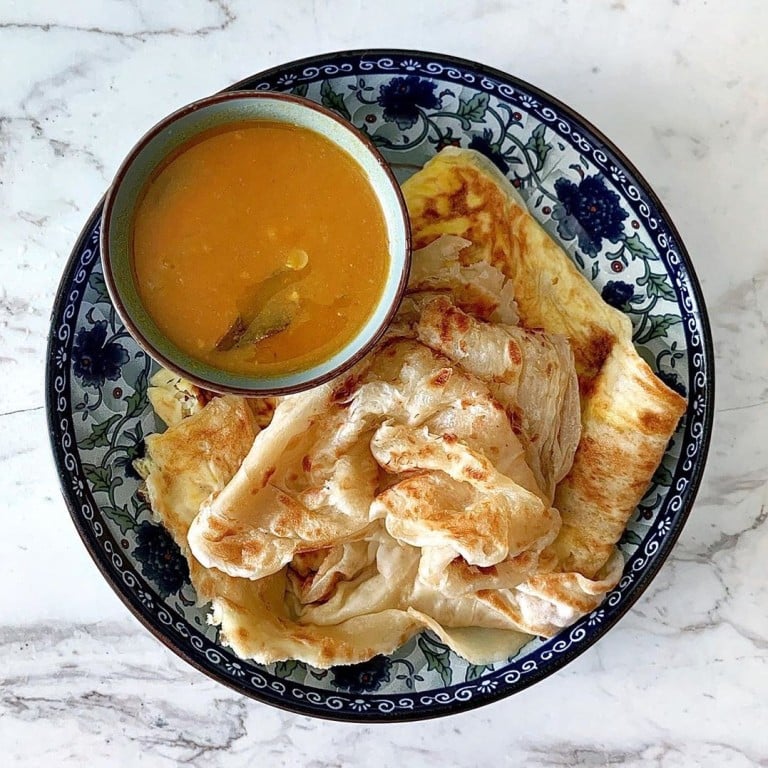What is roti canai, and why can’t people in Southeast Asia get enough of it?

This crunchy, moreish flatbread is one of the best-known Malaysian and Singaporean food staples, but where does it come from?
Circular, flat and crunchy – these words best describe the Indian-influenced roti canai (pronounced “cha-nigh”), a staple snack, breakfast, lunch, dinner and late-night curry accompaniment for all ethnicities in Malaysia and Singapore (though it goes by the name roti prata or prata bread in the latter). But what’s the real story behind this crowd-pleasing dipping dough?
What’s in the name?
In Malaysia, locals recognise “roti” as the Malay catch-all term for any sort of bread, but the word also carries the same meaning in Sanskrit and most other Indian languages. Meanwhile, “canai” has long been troubled with a disputed origin: It is said to have been derived from Chennai, the Indian city formerly known as Madras, or from the same Malay word which means to knead. Others surmised that it may have derived from chana, a Northern Indian dish made with boiled chickpeas in a spicy gravy, with which this type of bread was traditionally served.
Despite the possible Chennai link, there isn’t much weight to the theory that roti canai is related to the capital – many Malaysian Indians can trace their lineage to the southern state of Tamil Nadu, but some 20 per cent are from present-day Sri Lanka. It’s also worth noting that the roti in Northern India is different from the one served in Malaysia. The latter is more like the South Indian parotta and is often served with dal or lentil curry rather than chickpeas.
Which leaves us with the Malay word “canai” as the most plausible explanation, as that’s exactly what every roti maker standing before a hot grill does with the rounds of dough that are destined to become roti canai.
In Singapore, the dish is known as roti prata, which sounds remarkably similar to the Indian paratha or parotta – the Hindi word “paratha” means flat. Despite being considered as a variation of the paratha, the dish does not exist in India; the closest to roti canai is believed to be the Malabar or Kerala paratha.
Equally popular in Indonesia, the dish is often spelt as “roti cane” and is usually served with kari kambing (mutton curry).